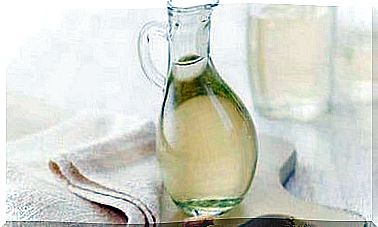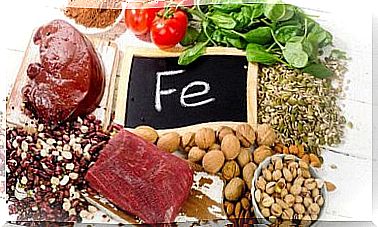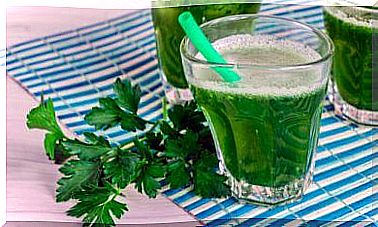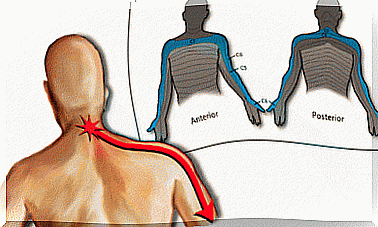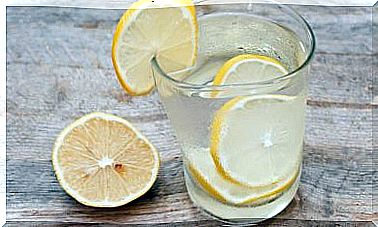6 Strategies To Reduce Your Glucose Levels Fast
To lower glucose levels fast you need to make several lifestyle changes. Although doctors may suggest taking certain medications, initial treatment is usually based on adjustments in diet and physical exercise. What strategies help?
There are actually many ways to help balance blood sugar levels. You don’t even need to have diabetes or metabolic syndrome to start putting it into practice. Next, we will tell you in detail what to do to lower glucose naturally.
What does it mean to have high glucose levels?
Before knowing some strategies to reduce glucose levels, it is convenient to do a brief review on the effects of having this lack of control. In medical terms it is known as “hyperglycemia” and occurs when the body cannot make insulin (type 1 diabetes) or stops using it properly (type 2 diabetes).
Insulin is a hormone secreted by the pancreas and is the most important regulator of glucose metabolism. The body needs it so that the sugars contained in the blood enter the cells and can be used as energy sources.
However, due to diseases in the pancreas, poor diet, use of medications, among other factors, an alteration is generated that leads to hyperglycemia. We speak of high glucose levels when the blood glucose exceeds 125 mg / dL in the fasting state and exceeds 180 mg / dL 2 hours after eating.
When not properly intervened, high glucose can lead to serious complications in the vital systems of the body. Specifically, it can damage blood vessels and raise your risk for heart, kidney, eye, and neurological disease.
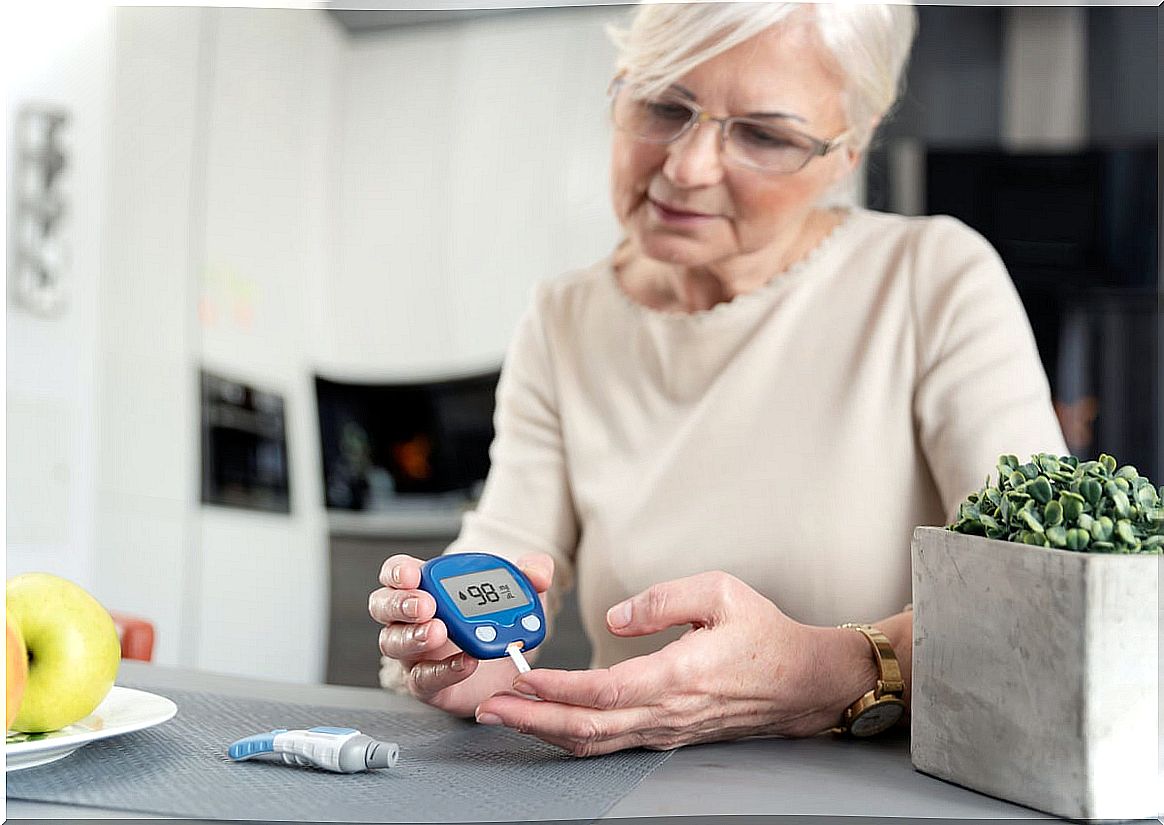
Strategies to lower glucose levels fast
The approach to lowering blood glucose levels varies from person to person. While some manage to stabilize it with changes in their diet, others require medications and other types of treatments. Therefore, first of all, it is essential to clarify that medical consultation is essential.
Both the family doctor and the endocrinologist will be able to determine the appropriate therapeutic measures for each case. Likewise, they will provide individual guidance on the type of diet and the habits to be followed.
In general, as a study published in the journal Metabolism exposes , it is convenient to practice physical exercise, receive nutritional therapy and control obesity (if the person suffers from it). In the following space we share in detail several useful strategies. Put them into practice!
1. Avoid the consumption of starches
Foods rich in starches, such as potatoes and cereals, are common in the diet. Although they are important for their nutritional contributions, it is essential to moderate their consumption as much as possible in order to quickly reduce glucose levels.
To be more exact, they have a molecule called ‘amylopectin’, which is fast to digest but also generates blood glucose peaks. Therefore, it is convenient to avoid its consumption for one or two days to contribute to the stabilization of sugars.
Then, they can be ingested, but in a timely manner and in small quantities. Amylopectin provides useful energy for physical activity. Even so, consuming it in an excessive way can affect both weight gain and glucose loss.
2. Reduce the consumption of added sugars
An excessive consumption of added sugars is directly related to metabolic syndrome and diabetes. According to a study published in the journal Nutrients , this ingredient alters glucose levels, increases insulin resistance and also the tendency to be overweight and obese.
Therefore, part of the treatment to reduce fast glucose levels should be aimed at avoiding all sources of this product. It should be borne in mind that it is not only white table sugar, but also that contained in common consumer products.
Therefore, it is necessary to check the labels of the food and observe in the table of energy content what is its sugar content. The ideal thing is to opt for those organic food products, without this type of sweetener.
3. Choose low glycemic index foods
When it comes to balancing glucose levels, low-glycemic foods should not be lacking. The glycemic index is a way of evaluating the response of sugar in the body to the consumption of foods that contain carbohydrates.
Both the amount and the type of carbohydrate determine how food affects blood glucose. Based on this, it has been determined that those with a low glycemic index can help reduce the risk of type 1 and type 2 diabetes. Among these foods we can highlight the following:
- Fish and shellfish.
- Lean meats
- Eggs.
- Oatmeal.
- Barley.
- Beans.
- Lentils.
- Yams.
- Corn.
- Yam.
- Non-starchy vegetables.
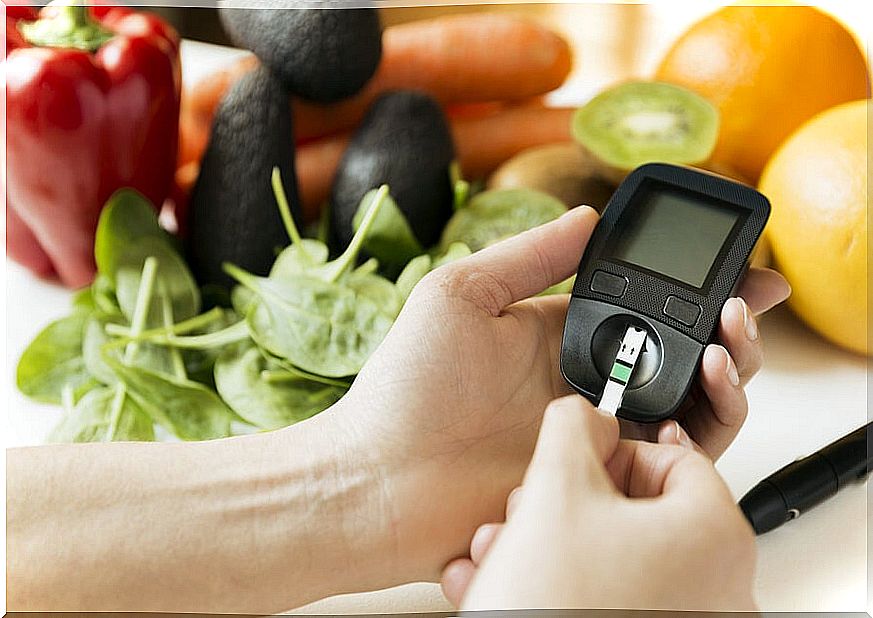
4. Consume vitamin D
According to the journal Diabetes Voice and some studies, people with vitamin D deficiency can develop impaired glucose tolerance. So when glucose levels are high, make sure you get enough vitamin D.
As some of you already know, the best way to get this nutrient is by sunbathing. When the sun’s rays come into contact with the skin, the body synthesizes it naturally. However, since excessive sun exposure is negative, it can also be obtained with the following foods:
- Tofu
- Yoghurt.
- Egg.
- Almonds
- What so cool.
- Tuna and sardines.
- Ace ite of fish.
- Portobello mushrooms.
- Whole grains.
5. Do physical exercise
Regular physical exercise is one of the best habits to lower glucose levels. In fact, it contributes to weight loss and increases insulin sensitivity. When this happens, the cells manage to take advantage of the sugars available in the bloodstream.
In fact, in a study published in the Polish Annals of Medicine , exercise was shown to be helpful in stabilizing glucose in patients with type 2 diabetes. And how much time of physical activity is required? For starters, it can be moderate, for 20 or 30 minutes.
It is essential to do it gradually, especially if you are sedentary. Activities like walking, jogging, or biking are good options. Activity in gyms or swimming is also valid.
6. Drink enough water
Optimal water consumption plays an important role in glucose control. This vital fluid intervenes in kidney processes that contribute to the elimination of excess sugar through the urine. Even an observational study determined that those who drank more water had a lower risk of having high sugar levels.
Now, you have to consider that it is best to drink water and not flavored or alcoholic beverages. It is not even recommended to drink fruit juices. In case you want a little flavor, you can have infusions or teas.
Do you want to lower your glucose levels fast? Consult with your doctor
To stay healthy and with adequate blood sugar levels, you must try to be consistent and constant in maintaining your good lifestyle habits. Otherwise, you will hardly be able to notice an improvement.
Here we have left you six strategies to reduce your glucose levels fast, if you follow them, you will achieve a healthier life for a long time. But remember that if you have doubts, it is best to consult your doctor.
